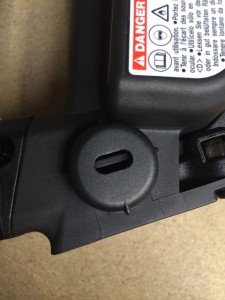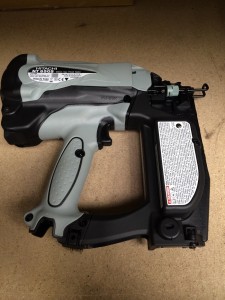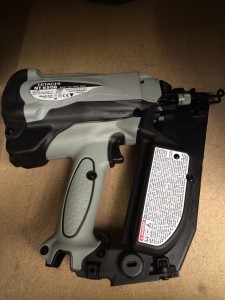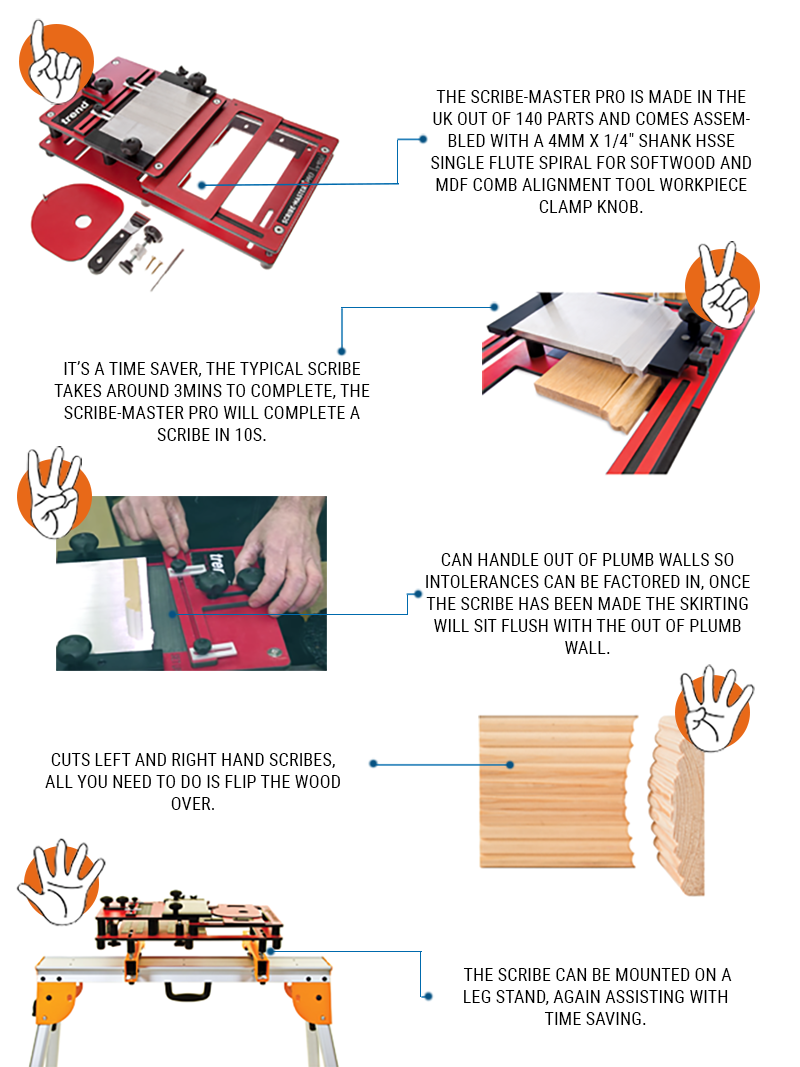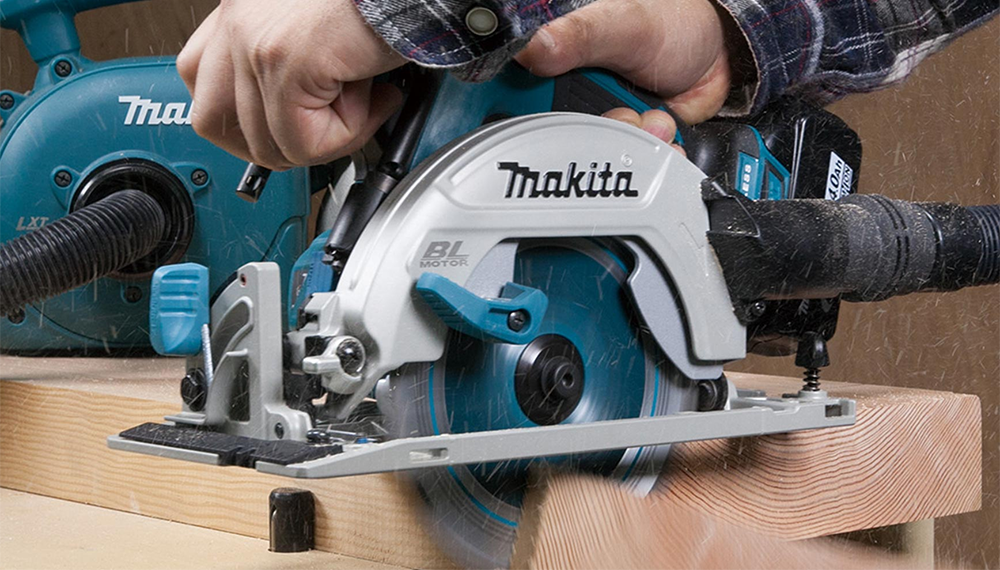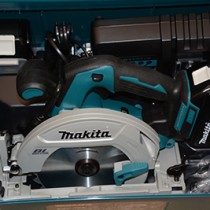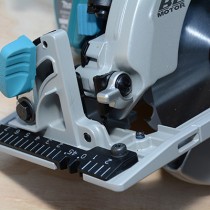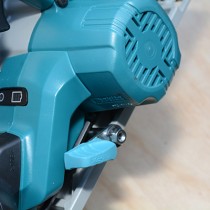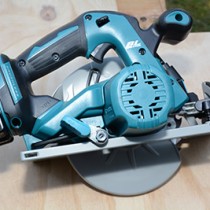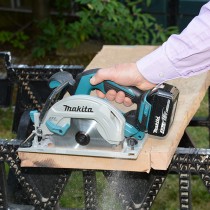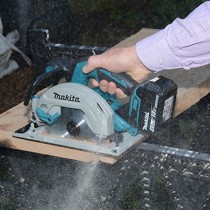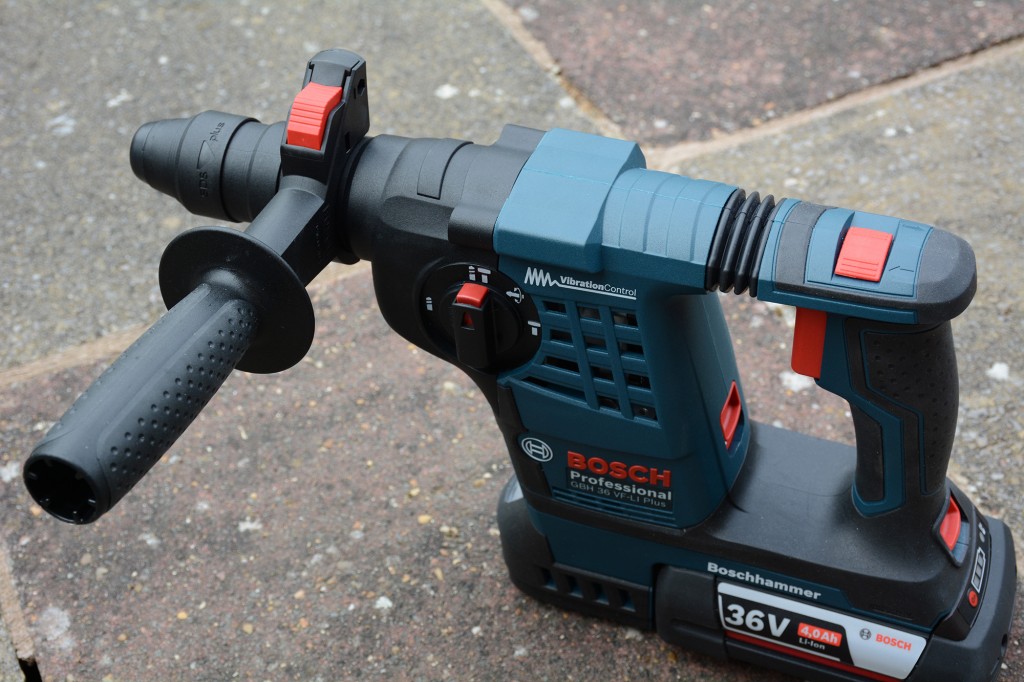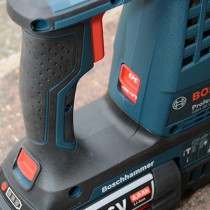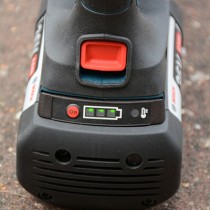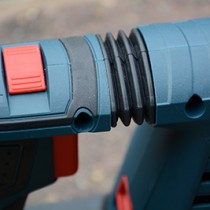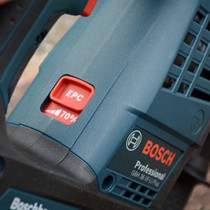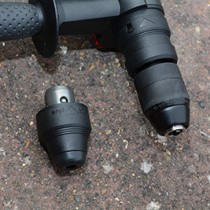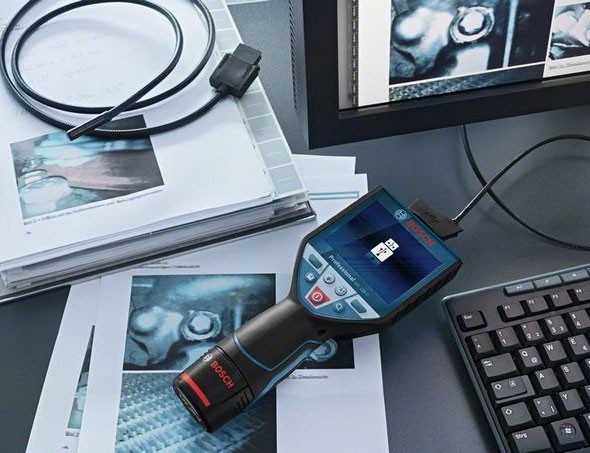

WHY HAVE AN INSPECTION CAMERA?
Every competent tradesperson should check walls and floors for pipes and cables before drilling into them, and similarly, there are some situations where a close inspection of a cavity or gap is a smart thing to do before inserting a hand or a tool. Most trades, especially plumbers, electricians, fitters and general builders will face situations where a leak, a loose wire or some such thing could be a safety issue if not known about – our older housing stock is particularly susceptible in this regard! Think lead pipes, asbestos and unearthed cables.
It could also be great for diagnostics – for example while testing this tool I found out that some of my radiators are suspiciously rusty at some of the joints where I would not have been able to inspect without this camera. I need to think about replacement before winter. An electrician I lent it to used it to help him locate wires, joists and positions for a set of downlighters he was fitting into a client’s ceiling - saving him a lot of exploratory drilling and making good afterwards.
SO WHY THE BOSCH GIC 120C?
I have used some of them, and let’s face it, some of the cheaper inspection cameras on the market can be confusing rather than illuminating. The images they produce can be very poor and they can’t record their results. They do a job, but in the age of accountability, we might need to show clients or specialists exactly what is hidden in the wall or ceiling cavity that is causing the problem.
Also, as digital imaging has improved and we have become used to our phones and tablets automatically showing “up is up” as we rotate them, it was clearly time to incorporate these into a newer generation of inspection cameras.
In short what we get is a feature filled device that is as up-to-date as possible.
So the Bosch GIC 120 C has:-
• The ability to switch to from colour to a black and white view.
• The ability to record what we are examining onto the micro SD card.
• And from there onto a laptop via the micro USB cable supplied.
• An image rotation button that works in both video and still capture modes.
• Variable light intensity from 25% to 100%.
• Image magnification onscreen by 1.5x or 2x.
• The choice of a rechargeable 10.8 v Li Ion battery pack or an AA battery pack using an adaptor.
• A 1.2m long waterproof and flexible camera cable that can be quickly demounted for easy storage.
• Hook, mirror and magnet tools that fit onto the cable for extra versatility.
Clearly you get a truly professional tool for your money.
WHAT'S IN THE BOX?
The whole GIC 120 C kit comes neatly packed into custom-made liners in a stackable Bosch L- Boxx. This includes the camera handset, 1.2m long flexible camera cable, 10.8v Li Ion battery pack, battery charger, Micro SD Card, USB lead, and magnet, mirror and hook tools.
If you choose the AA battery option, you just get the adaptor - no charger or Li Ion battery pack needed. For me, if you already own a small 10.8v Bosch tool, it is a no- brainer to choose the rechargeable version.
IN USE.. THE IMPORTANT BIT
The most important bit of an inspection camera for me is the flexible camera cable and here the GIC 120 C scores well. The cable is long enough, flexible enough and importantly – waterproof, and can be used in most situations. The tough outer plastic covering didn’t mark easily and was easy to clean and dry off. This is important – it may be used to inspect the dirtier aspects of plumbing.
Next was the image quality of the camera – the images were clear enough to see and recognize most features whether close or within range of the maximum light output, although they become quite grainy as they reach the limits of light output. On close ups, the glare of the light can cause reflection, so the ability to tone the light output down is a good feature. It really helps me to be able to understand easily the orientation of what I am seeing, so the “up-is-up” pictures offer a realistic view, although there is a way of manually selecting the top of the picture via the control screen.
Anyone used to a tablet, phone screen or TV remote will be able to use the selector controls of which there are only seven. The on/off is self explanatory as are the light intensity button, the reverse image button and the magnify button. All other features are selected by holding down the oblong right hand button and then scrolling through the display menu before selection. To record onto the SD card simply press down the button in the shape of the SD card and it will start recording in whatever mode – still or movie – that you have selected.
Surprisingly, the ergonomics of inspection cameras is quite important because they need to be able to be held still while you record images, but they also need to be able to be moved easily and flexibly in one hand so that an inspection can be carried out. The rubberized handle grips and protective bumpers round the screen make for easy handling and the easy access to SD card slot and USB sockets on the top of the device is great. I also liked the quick-release system for the camera cable that enabled its easy storage in the case.
If I have a gripe, it is a small one – I can’t seem to get my fingers to work those little clips that hold the rechargeable battery on – something I have noticed on my Bosch 10.8v driver too.
VALUE FOR MONEY
Value for money is often code for “cheap” and with a price tag of over £200 this device is not cheap. But it is good value for money – especially for professional users. It can be an important aid to safety and it is usually cheaper to look into a cavity with a camera rather than have to demolish a wall or whatever to see behind it. Truth is, professional users who need one will soon recoup their outlay in time saved and other efficiencies – and with safer operation too because it may avoid exposure to all manner of nasties.
For a significant amount less you could get the GIC 120, nearly the same, but not quite!
FINAL THOUGHTS
My electrician friends were particularly taken with the Bosch as it offered a quick way of examining closed-in spaces and locating cables within wall and floor cavities. With its 8.5mm wide head it could be introduced into tiny spaces, even if this involved drilling the initial hole into the gap. The length of the camera cable was deemed more than adequate and much better than many of the competition. Professionals who use this type of kit regularly will definitely want to look at this one if they need to update.

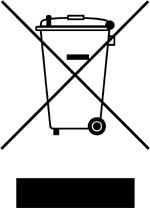
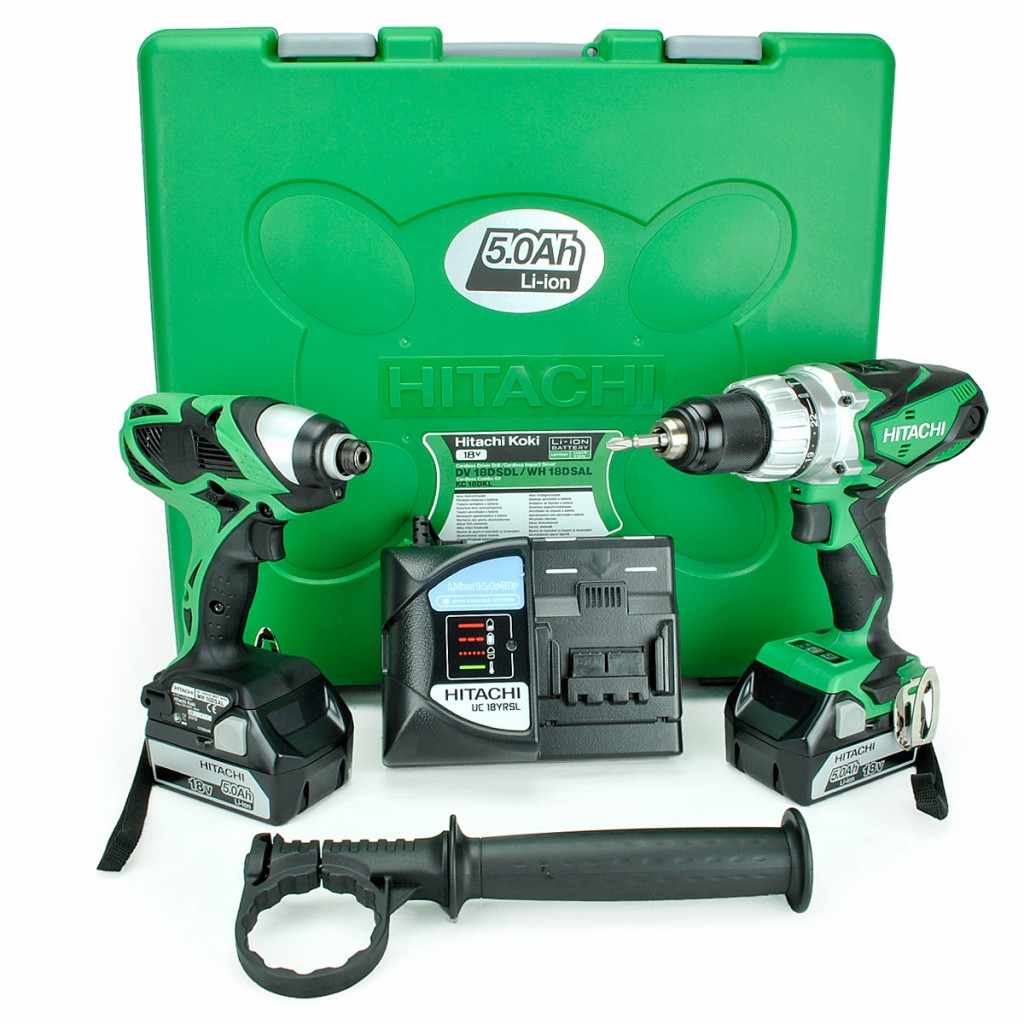
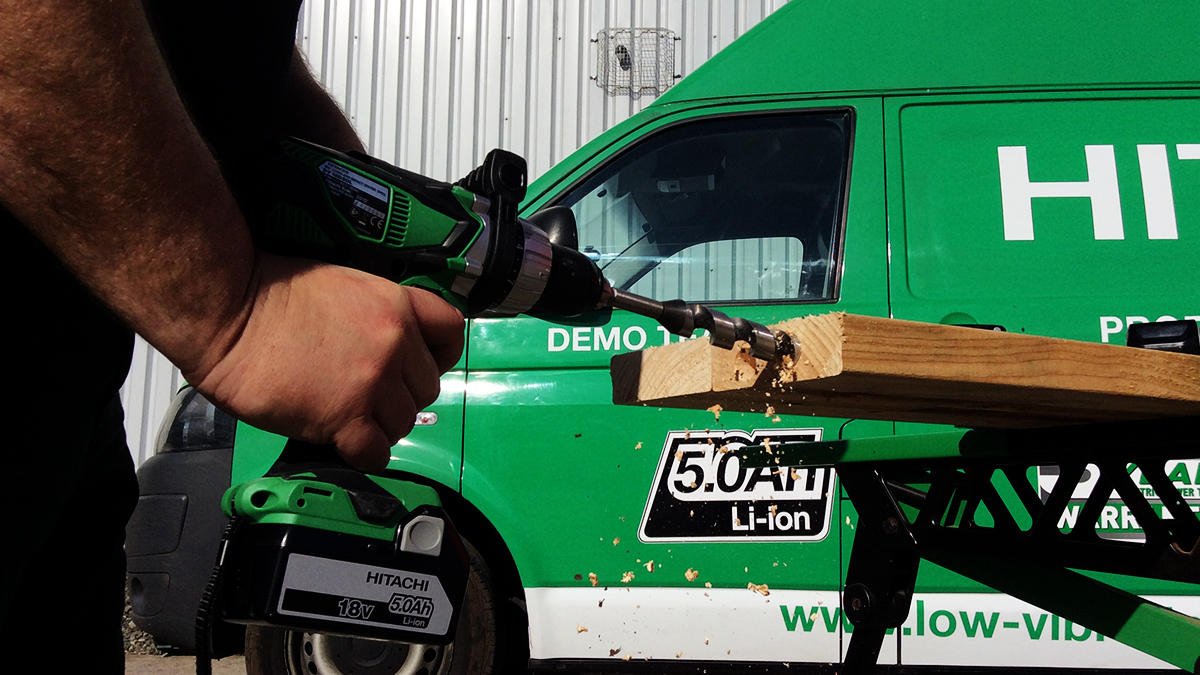
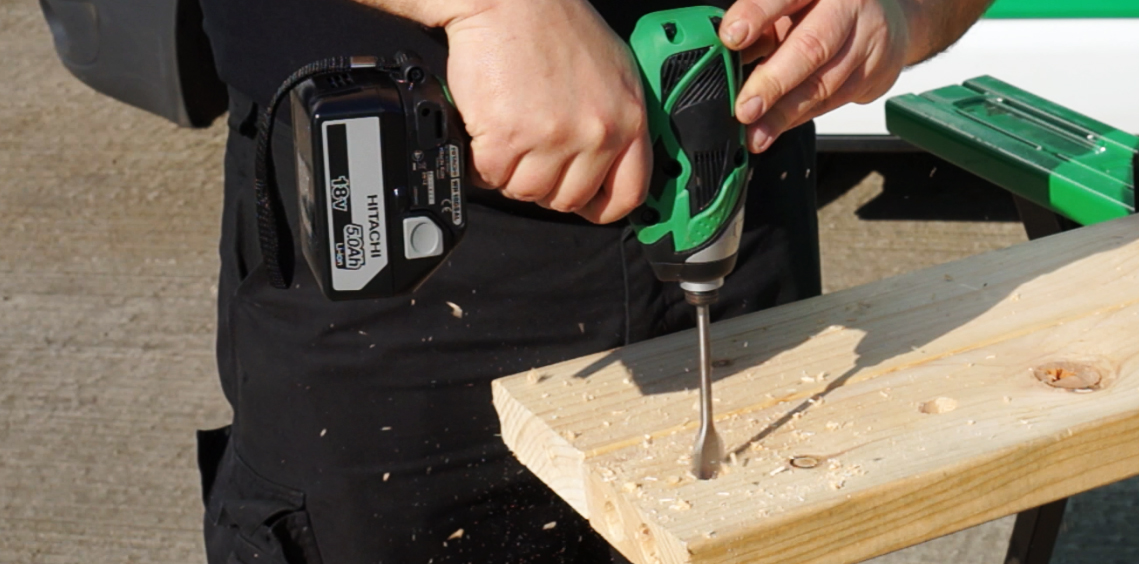
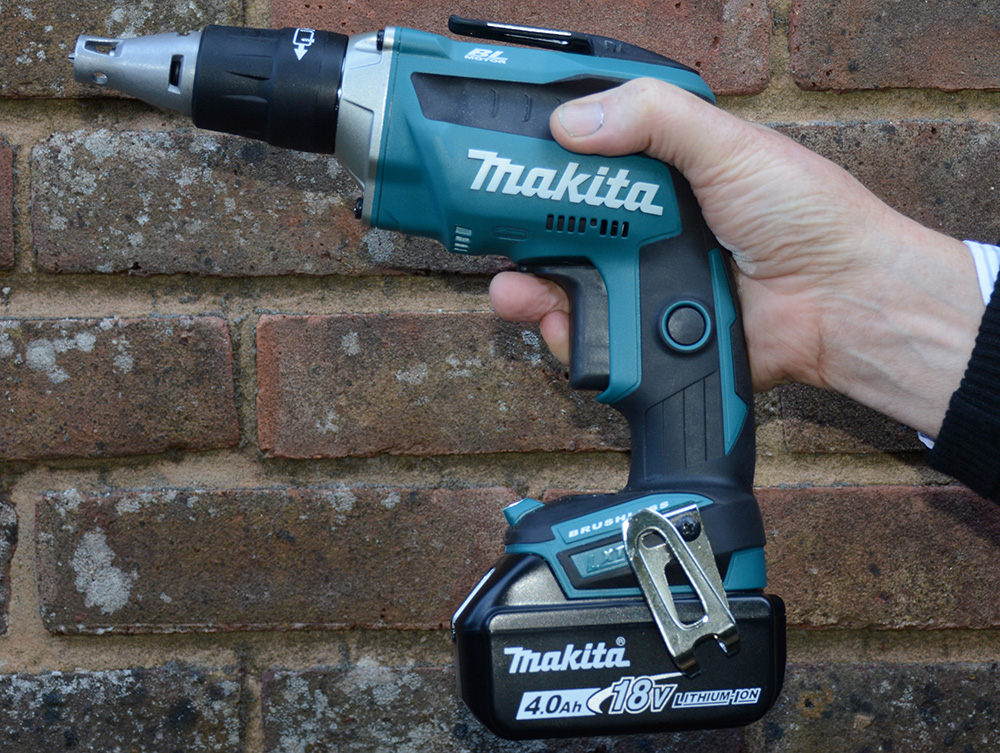

![makita-bmr102w-am-fm-job-site-radio-white-6200-p[1]](https://www.powertoolworld.co.uk/media/aw_blog/Makita-posts/makita-bmr102w-am-fm-job-site-radio-white-6200-p1.jpg)
